Master the Art of Drawing Teeth: StepbyStep Guide for Beginners
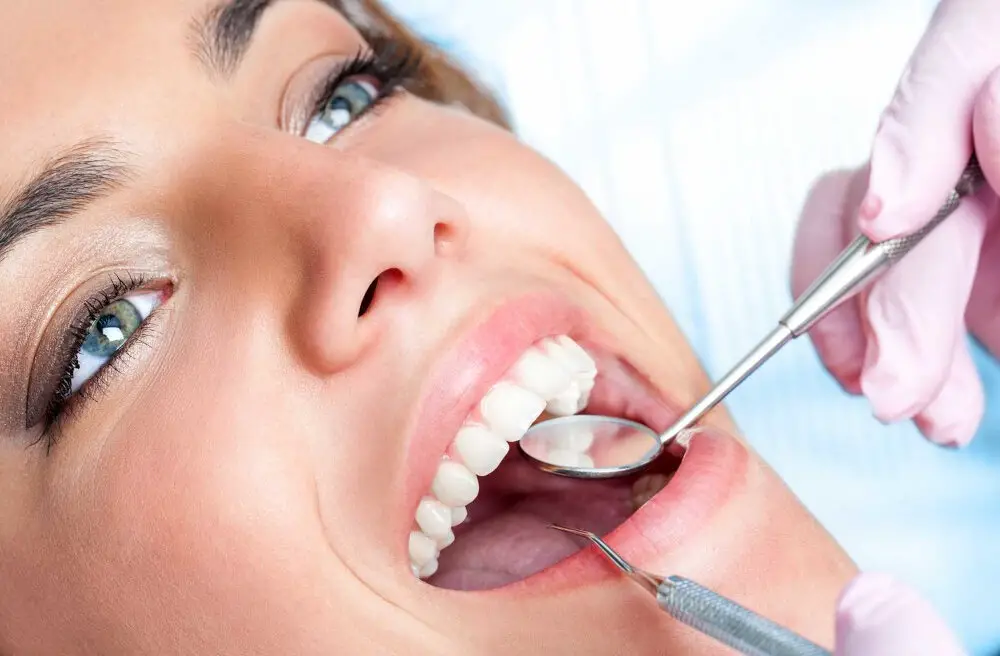
If you’re an aspiring artist, you may find it challenging to draw realistic-looking teeth. Teeth are an essential part of any portrait or figure, and mastering the art of drawing them is a crucial step in your artistic journey. However, with practice and the right techniques, you can learn how to draw teeth that look lifelike, adding depth and realism to your artwork. This step-by-step guide is designed to help beginners master the art of drawing teeth. From understanding the anatomy of teeth to learning how to shade and highlight, this guide covers everything you need to know to create realistic-looking teeth in your drawings. Whether you’re a beginner or an experienced artist looking to improve your skills, this guide will provide you with the knowledge and tools you need to take your artwork to the next level. So, grab your pencils and let’s get started on this exciting artistic journey!
Drawing teeth in portraits and illustrations is crucial as it adds a sense of realism and depth to the artwork. Teeth are one of the most prominent features of the human face, and their accurate depiction can make or break a portrait. Teeth are not only important for the aesthetics of the artwork but also for the expression and emotion conveyed by the subject. An artist can use teeth to convey a variety of emotions, from a warm smile to a sinister grin. Therefore, mastering the art of drawing teeth is essential for any artist or illustrator looking to create lifelike, expressive portraits and illustrations.
Drawing teeth can be a daunting task for beginners, but with a step-by-step guide, it can be easily mastered. Firstly, it is important to understand the basic anatomy of teeth, including their shape, size, and placement in the mouth. Next, start by lightly sketching the shape of the mouth and the position of the teeth. Then, add in the details of each tooth, including the ridges and curves, and shade accordingly to create depth and dimension. It’s important to remember that teeth are not perfectly straight or white, so adding in some imperfections and variations can make the drawing more realistic. With practice and patience, anyone can master the art of drawing teeth.
Materials Needed
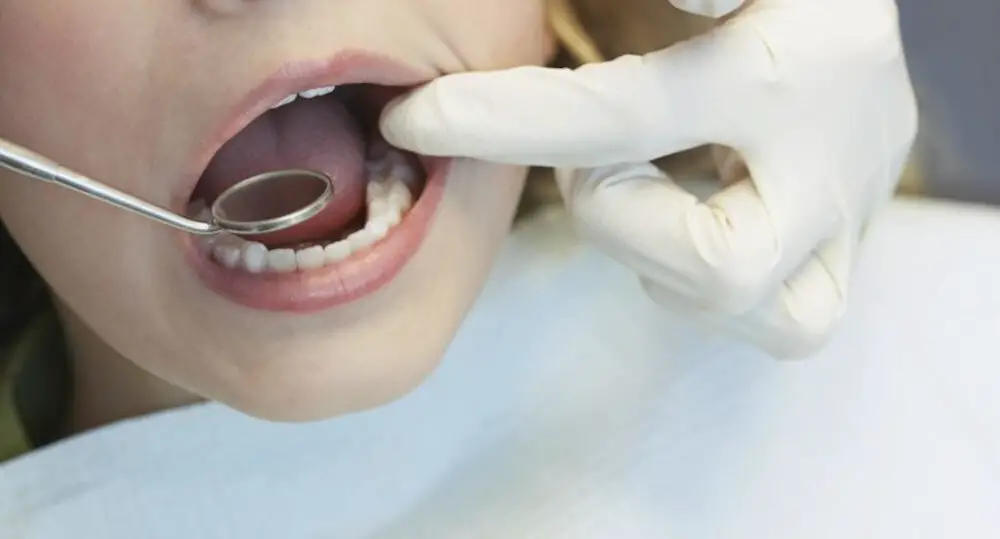
When it comes to drawing teeth, having the right materials is key to achieving a realistic and detailed look. One of the most important materials you’ll need is a set of high-quality pencils. A range of pencils in different hardness levels, from soft to hard, will allow you to create a variety of shading and texture effects. Additionally, you’ll need sketch paper, erasers, and a pencil sharpener. The sketch paper should be thick enough to handle erasing and shading without tearing, and the erasers should be gentle enough to avoid damaging the paper. A pencil sharpener will keep your pencils sharp and ready to use. Another essential material for drawing teeth is a reference image. Whether you’re working from a photograph or a live model, having a clear and detailed reference will help you capture the nuances of tooth structure and shape. You may also want to use a magnifying glass or a lightbox to help you see the details of your reference image more clearly. Finally, you may consider using a digital tablet and stylus to create your drawing. This can be especially helpful for beginners who are still developing their skills, as it allows for easy corrections and adjustments. With these materials in hand, you’ll be well on your way to mastering the art of drawing teeth.
If you’re looking to master the art of drawing teeth, there are several necessary tools you’ll need to get started. First and foremost, you’ll need a good set of pencils, ranging from hard to soft leads, to achieve varying levels of shading and detail. Erasers are also essential for correcting any mistakes or refining your work. In addition, reference images are critical for accurately capturing the unique shapes and textures of different teeth types. Whether you’re drawing human or animal teeth, having access to high-quality reference images is a must. With these tools in your arsenal, you’ll be well on your way to creating stunning, lifelike teeth drawings.
One important tool for drawing teeth is the pencil. It allows for precision and control in creating the shape and texture of each tooth. Another tool is the eraser, which can be used to create highlights and to correct any mistakes made while drawing. A sharpener is also necessary to keep the pencil in optimal condition. Additionally, colored pencils or watercolors can be used to add depth and color to the teeth, creating a more realistic and lifelike appearance. Finally, a ruler or straight edge can be used to ensure that the teeth are aligned and evenly spaced. By utilizing these tools effectively, beginners can master the art of drawing teeth and create stunning works of art.
StepbyStep Guide
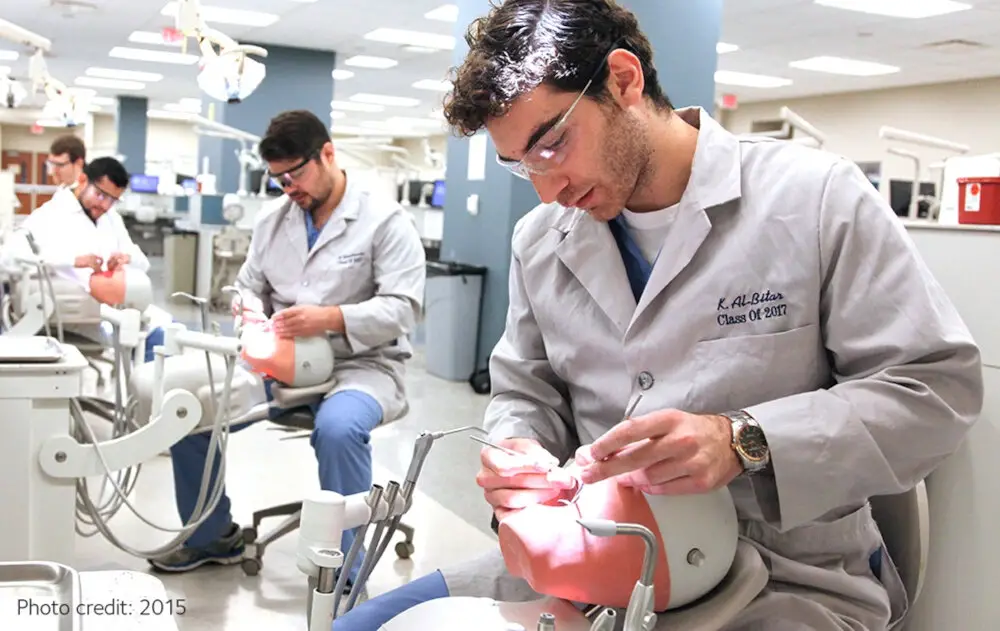
Drawing teeth can be a daunting task for beginners, but with this step-by-step guide, you’ll be able to master the art of drawing teeth in no time. Start by drawing the outline of the mouth, and then sketch the shape of the teeth you want to draw. Don’t worry about getting the details right just yet, as you’ll be adding those in later. Next, add the gum line and the roots of the teeth. Remember to vary the shape and size of each tooth, as this will make the drawing look more realistic. Once you have the basic shape of the teeth down, start adding in the details. Draw the lines and crevices on the teeth, as well as any discoloration or imperfections. This will give the teeth a more natural look. Finally, shade in the teeth to give them dimension and depth. Don’t be afraid to use different shades of gray or black to achieve the desired effect. With a little practice, you’ll be able to draw teeth that look like they belong in a professional piece of art.
Sketching the basic shape of the teeth is the first step towards mastering the art of drawing teeth. It is important to start with a basic outline of the teeth, which includes the shape and placement of each tooth. This can be achieved by observing the reference image or model and drawing the teeth using light and basic lines. The outline should be drawn with a clear understanding of the perspective and proportions of each tooth. The basic shape of the teeth can be further refined by adding details such as the root, enamel, and gum line. With practice, one can become proficient in drawing teeth and create realistic and expressive illustrations.
In Step 2 of mastering the art of drawing teeth, it is important to add details that bring the teeth to life. Adding the gum line will give the teeth a more realistic appearance and depth. It is also important to add individual teeth, as each tooth has a unique shape and size. Paying attention to the details of each tooth will make your drawing more accurate and realistic. The key to successfully adding details is to take your time and be patient. Use light strokes to create the initial outline of the teeth and then gradually add shading and texture to bring them to life. With practice and dedication, you can master the art of drawing teeth and create stunning works of art that capture the beauty of the human smile.
Step 3 of mastering the art of drawing teeth is shading and highlighting to create depth and realism. This is a crucial step in bringing your drawing to life. Shading is the technique of adding darker tones to create the illusion of shadows and depth, while highlighting is used to add brightness to areas that catch the light. To create depth and realism in teeth, it’s important to observe the way light falls on teeth and the shadows they create. Use a variety of shading techniques such as cross-hatching, stippling, or blending to create a range of values. Don’t be afraid to experiment with different shades and tones to create a realistic effect. Remember to keep your shading and highlighting consistent throughout your drawing to ensure that your teeth look cohesive and natural.
Once you have drawn the basic outline of the teeth, it’s time to refine and adjust the drawing as necessary. This step involves adding more details to the teeth, such as the shape of the individual teeth, the placement of the gum line, and any shading or highlighting that may be needed to create depth and dimension. It’s important to take your time during this step and make small adjustments as needed to ensure that the teeth look realistic and natural. Additionally, be sure to pay close attention to the proportions of the teeth and their placement within the mouth to ensure that they look balanced and aesthetically pleasing. With a little patience and practice, you’ll be able to master the art of drawing teeth and create stunning, lifelike portraits and illustrations.
Tips and Tricks
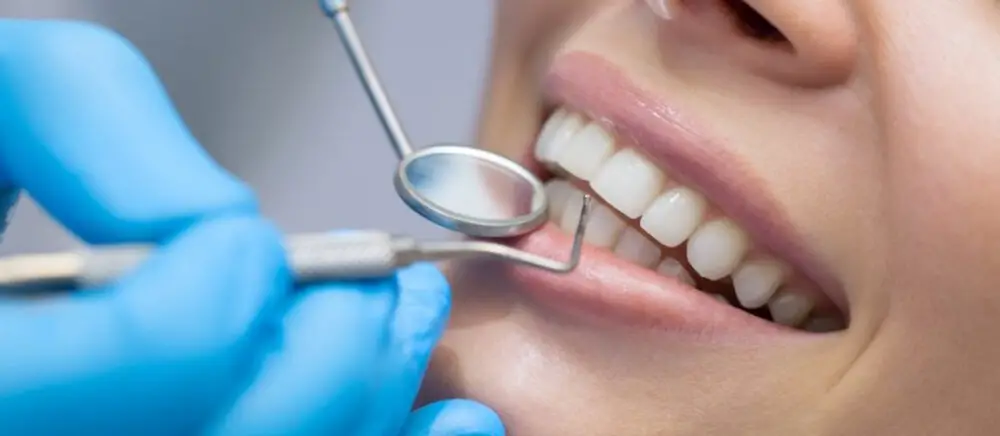
When it comes to drawing teeth, there are a few tips and tricks that can help beginners master this skill. One of the most important things to keep in mind is to pay attention to the shape and size of the teeth. Teeth come in different shapes and sizes, and it’s important to make sure that they look natural and realistic in your drawing. You can also use shading and highlights to make the teeth look more three-dimensional and add depth to your drawing. Another tip is to pay attention to the positioning of the teeth in relation to the lips and gums. Teeth that are too big or too small can look unnatural, so it’s important to get the proportions right. Another tip for drawing teeth is to pay attention to the details. Teeth are not just white, but they also have subtle shades of yellow, grey, and even blue. By adding these subtle details to your drawing, you can make your teeth look more realistic and lifelike. You can also use different textures and patterns to add interest to your drawing, such as the texture of the enamel or the patterns on the gums. Finally, it’s important to practice regularly and experiment with different techniques and styles. With time and practice, you can master the art of drawing teeth and create realistic and expressive drawings that capture the beauty and complexity of the human mouth.
When it comes to drawing teeth, a key element to creating a natural-looking smile is paying attention to the shape, size, and placement of each tooth. Teeth should not be perfectly aligned or identical in size, as this can make the smile appear fake or unnatural. Adding slight variations in tooth shape and spacing can help create a more realistic and expressive smile. Additionally, paying attention to the shading and highlights on each tooth can add depth and dimension to the drawing, further enhancing its natural look. By keeping these tips in mind, you can master the art of drawing teeth and create stunning, lifelike smiles in your artwork.
When it comes to drawing teeth, there are several common mistakes that beginners tend to make. One of the most common mistakes is drawing teeth as a flat, uniform shape, without considering the individual shape and position of each tooth. Another mistake is not paying attention to the size and spacing of the teeth, which can make the overall drawing look unnatural. Additionally, some beginners tend to overemphasize the shadows and highlights of the teeth, resulting in a cartoonish or unrealistic look. To avoid these mistakes, it is important to study reference images carefully and observe the details of the teeth, including their shape, size, and position, as well as the way they interact with the lips and gums. By taking a methodical, step-by-step approach and practicing regularly, beginners can master the art of drawing teeth and create more realistic, expressive portraits.
In summary, mastering the art of drawing teeth requires a step-by-step approach that involves understanding the basic shapes, proportions, and shading techniques. The first step is to observe and study real teeth, and then sketch out the basic shapes using light and simple lines. From there, you can refine the shapes and add details such as gum lines and individual teeth. It’s important to pay attention to the proportions and spacing of the teeth, as well as the direction and angle of the lines used to create depth and texture. Finally, shading can be added to create a realistic and three-dimensional effect. Some tips to keep in mind include using a reference image, practicing regularly, and experimenting with different techniques to find what works best for you.
Drawing teeth can be a daunting task for many beginners, but with practice and experimentation, it can become a rewarding experience. Don’t be afraid to make mistakes and try different techniques to achieve the desired effect. Pay close attention to the shape, size, and placement of the teeth as they play an essential role in creating a realistic drawing. Start by studying the teeth of different animals or people and try to replicate them on paper. Take your time and be patient with yourself as mastering the art of drawing teeth takes time, but the results are well worth the effort.
Mastering the art of drawing teeth is an essential skill for any artist or illustrator. Teeth play a significant role in facial expressions, and mastering their details can add depth and realism to a character’s emotions. Teeth can convey a range of emotions, from happiness and joy to sadness and pain. Additionally, understanding the anatomy of teeth can help artists create more realistic and accurate depictions of their subjects. Therefore, artists and illustrators who have a thorough understanding of drawing teeth have a significant advantage in creating compelling and expressive artwork. So, it’s crucial to master this skill and incorporate it into your artistic repertoire.
Conclusion
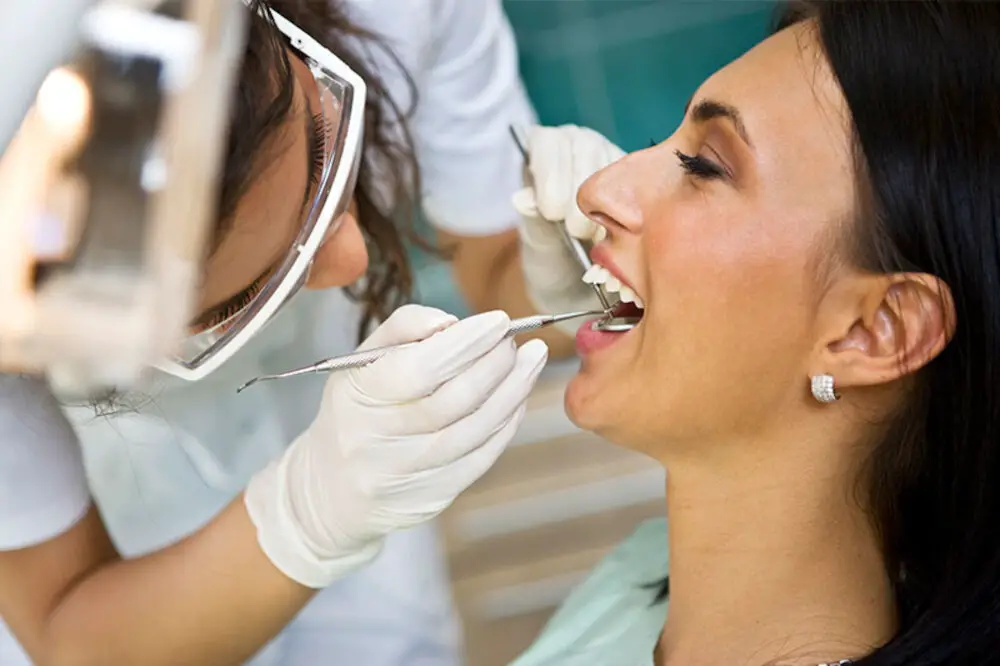
In conclusion, mastering the art of drawing teeth is an essential skill for any beginner artist looking to improve their overall drawing abilities. With the step-by-step guide provided, beginners can learn how to accurately depict teeth and create realistic and lifelike drawings. While it may take practice and patience to perfect this skill, the results will be well worth it. So, grab a pencil and paper, follow the guide, and begin your journey towards becoming a skilled artist in drawing teeth.








